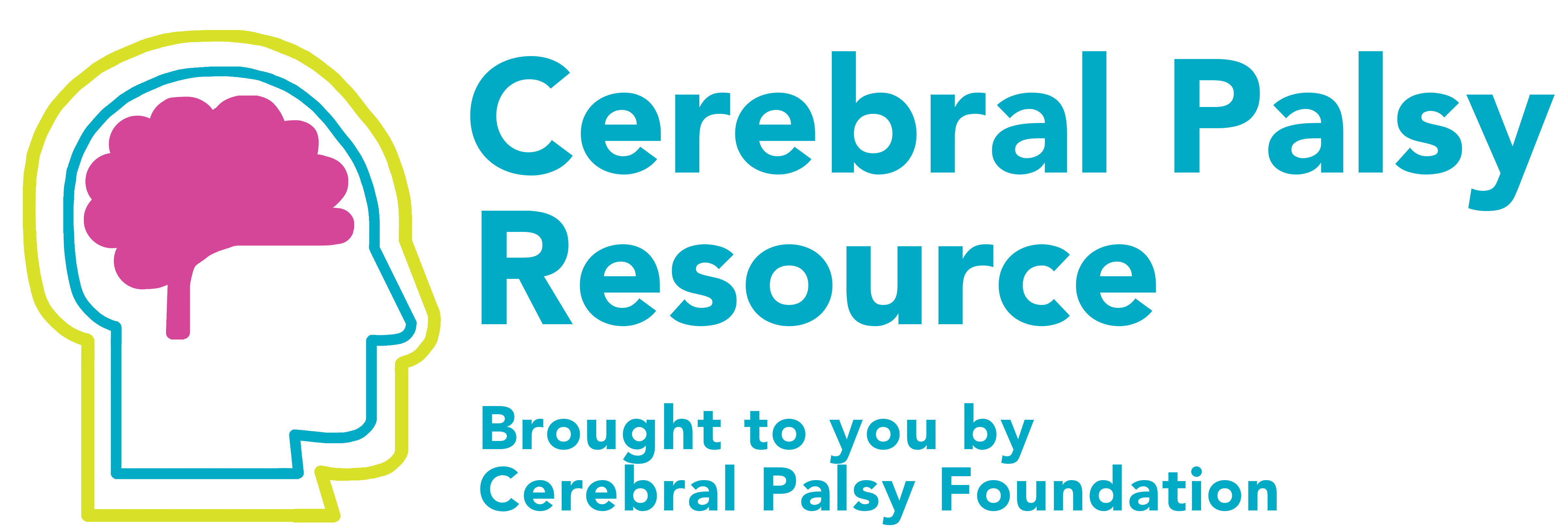This recent study found that over half of children and young people with Cerebral Palsy have more than one movement disorder, which is more common than previously thought.
In cerebral palsy (CP) muscles are often shortened so much that they restrict joint range of motion and the muscles themselves are weak. Thus, ‘shortness’ and ‘weakness’ are two important needs that clinicians must address.
The Dyskinetic Cerebral Palsy Functional Impact Scale is a new tool useful measuring the functional impact of dyskinesia on children's movements and postures and the perceived impact of dyskinesia on daily activities. It can can help identify priorities for intervention.
This systematic review looks at all available evidence for pharmacological/neurosurgical interventions for managing dystonia in individuals with cerebral palsy to inform the AACPDM care pathway.
The Dystonia Care Pathway was updated in 2024 based on best available evidence. The goal of the these Care Pathways is to help Health Care Professionals understand the research evidence on the topic so that they can make clinical decisions for the care of the individual.
Plain Language Summaries are an excellent way to get a clear overview of clinical research. Our friends with Mac Keith Press and the AACPDM Community Council have worked together to choose articles that might be right for you.
